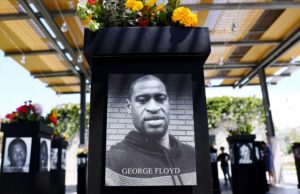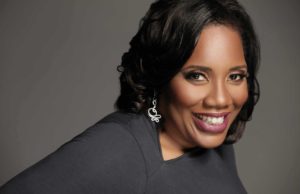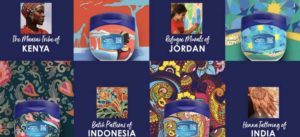It’s a new day. According to the US Census Bureau, last year the white population declined for the first time in the history of the United States.
Conversely, over the past decade, the LatinX population grew by 23%, the Black population increased by 5.6%, and the Asian population has surged by over 35%. We knew this was coming, and some brands have done a better job than others at keeping up with the wants and needs of a more diverse populace.
Those that can create product solutions for the widest range of people, as well as authentic, effective and innovative products that address concerns for niche markets, will continue to win the hearts and minds of consumers. Companies that are walking the walk when it comes to servicing and uplifting those of us who have been neglected, silenced, and ignored by society, industry and design, will be rewarded with not only consumer dollars but elevated status over their competitors.










